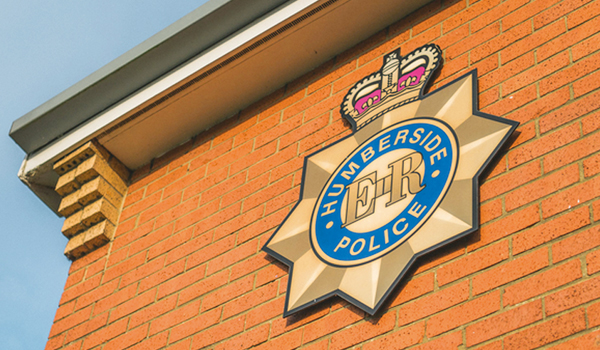FIND a face
Today we have
databases of DNA, fingerprints and vehicle registrations, and will soon
have a footprint database, but mugshots have only recently moved from
the analogue world and into the digital.

A new database of mugshots
is to be created using the latest face recognition technology. PITO
(now the NPIA) were given a mandate from the Association of Chief
Police Officers to develop this system a prerequisite of which is the
establishment of a national database of mugshots. NPIAs FIND (Facial
Images National Database) is already in development to deliver this
service to forces across the UK.
The database it is hoped will
eventually include still/video facial images, marks, scars and tattoos
that can all be stored, retrieved and shared between forces. Such
images will be taken to agreed standards and linked to a persons
criminal history record on the Police National Computer and used to
support the identification and apprehension of persons arrested for, or
convicted of, criminal offences. The images that each force obtains
will be stored centrally with the facility for each force to
automatically send images to the central national repository held at
the Hendon Data Centre (HDC). Given the high level of cross border
crime, forces will have the ability to immediately access images for
police intelligence purposes.
The Biometrics team within NPIAs
Identification Directorate is currently evaluating the potential of
facial recognition technology generally for future use in conjunction
with FIND. NPIA has recently awarded contracts to Aurora Computer
Services to install its eGallery product, which is based on facial
recognition technology from Identix and also to US based company
Geometrix Inc. for their Active-ID 3D face recognition application.
These systems, and others, will be installed at NPIAs London offices
and used to provide demonstrations of the technology to the police
service and wider government.
Auroras eGallery product can store
hundreds of thousands of digital images from custody suites and can
automatically templify them, thus creating a searchable database of
facial images, with the ability to return the most likely matches to
any enquiry image. Several police forces have already independently
selected eGallery to assist with their local investigations. The
Geometrix system makes use of both 3D and 2D data to improve
recognition accuracy. This identity management system uses a fusion of
single or multiple biometric technologies including fingerprint, 3D and
2D face recognition, and iris to maximise the likelihood of correct
identification even from poor data.
The FIND Pilot went live on 6
November 2006 with three forces actively contributing and viewing
images and two forces having just read access. The forces involved at
pilot inception were Lancashire, West Yorkshire and Merseyside
(supplying their data and images) and Devon and Cornwall and British
Transport Police (BTP) North Eastern Region (read only).
Initially
planned to run for three months, the pilot has been extended for a
second time and will now run until early August 2007 to enable the
improved collation and evaluation of project benefits. This extension
has seen the addition of Greater Manchester (GMP) and North Wales
Police on a read only basis. Extensive work is ongoing to assess the
success of the pilot and capture the benefits identified by the forces.
This data will be fed into the Benefits Realisation Plan, which is due
at the end of July 2007.
FIND has been used in real-world
investigations and is illustrating even in its pilot phase that it can
offer huge benefits to every policing organisation. A Merseyside FIND
user received a request from the Breach Team of a local Magistrates
Court for a photo of one of their offenders who was wanted on warrant.
Nothing was found on the local system, but a PNC check showed the
offenders recent convictions were in Lancashire. The team had tried
calling Lancashire earlier, but had got no response. The Lancashire
images were immediately retrieved from FIND.
The very first time a
BTP Researcher used FIND they obtained an image of a su


